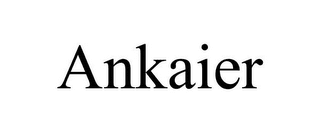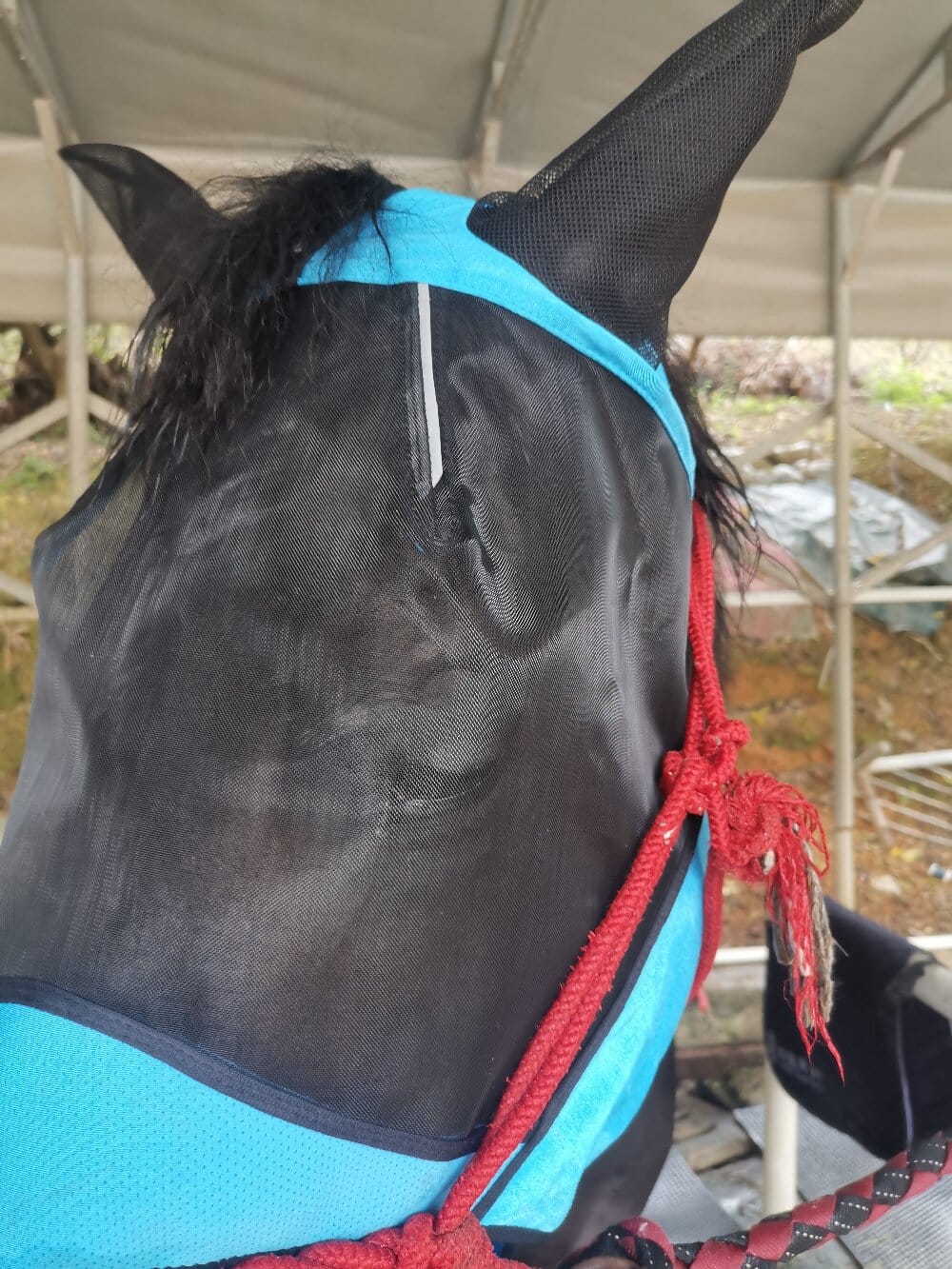The horse fly mask, a seemingly simple piece of equestrian equipment, represents a profound shift in our relationship with the horse. For centuries, these noble creatures endured the relentless torment of flies, their eyes and ears vulnerable to painful bites and the transmission of debilitating diseases. The historical journey of protecting a horse’s face is not merely a tale of pest control; it is a narrative woven with threads of evolving empathy, material science, and a deepening understanding of equine welfare. What began as rudimentary, often ineffective methods has blossomed into a sophisticated industry dedicated to equine comfort, showcasing a remarkable arc of innovation driven by the desire to shield our equine partners from a persistent, ancient foe.
Early Attempts at Equine Eye Protection
Before the advent of specialized gear, horse owners relied on ingenuity and available resources. Historical accounts and artwork suggest the use of various forms of early face protection. In some cultures, horsemen fashioned primitive fringe from leather strips or horsehair, attaching them to the headstall in the hope of swatting flies away from the animal’s eyes. Others might have used soaked sponges or cloths tied around the poll to provide a degree of relief, though these were messy and short-lived solutions. The primary goal was simple: to create a physical barrier that would disrupt the flight path of insects. These early methods, while well-intentioned, were largely inconsistent. They offered little defense against determined pests, did not protect the sensitive ears, and often lacked the secure, comfortable fit necessary for long-term wear. The concept of a dedicated fly veil was still in its infancy, a distant precursor to the technical garments we know today.
The Technological Leap in Fly Veil Design
The real transformation in equine face protection began with the development and mass production of new materials in the 20th century. The introduction of fine, durable synthetic meshes was a game-changer. This new mesh was lightweight, provided excellent airflow, and offered superior visibility for the horse, all while creating an effective shield against flies. Manufacturers began to design dedicated fly masks that covered the eyes and, crucially, extended to cover the ears. This was a significant advancement, as a horse’s ears are particularly sensitive and a prime target for biting insects. The design evolved from a simple eye cover to a full-face shield, often incorporating features like a soft, padded noseband to prevent rubbing. The development of UV-protective mesh further enhanced the functionality of the modern fly veil, offering dual protection from both insects and the sun’s harmful rays, which can be a concern for horses with pink skin or certain eye conditions.
A View from the Field: The Owner’s and Equine’s Perspective
From the owner’s standpoint, the modern horse fly mask is an indispensable tool for responsible horse care. It is a proactive measure to prevent conditions like conjunctivitis, painful corneal ulcers, and summer sores caused by flies. The peace of mind that comes from knowing a horse is comfortable while grazing in the field is invaluable. However, the most critical perspective is often the most overlooked: that of the horse. Observant owners note that a horse accustomed to its mask will often lower its head to have it put on, demonstrating an understanding of the relief it provides. The mask allows them to rest, eat, and interact with their environment without the constant stress of swarming insects. This reduction in stress is not just about comfort; it directly impacts their overall health and well-being. The choice of a well-fitted, comfortable fly mask is, therefore, a direct expression of care, a silent communication between human and horse that their comfort is a priority.
Conclusion: A Symbol of Progress in Partnership
The evolution of the horse fly mask is a microcosm of the broader progress in equine management. It illustrates a move away from mere utility towards a philosophy centered on prevention, comfort, and holistic welfare. From crude leather fringes to technically advanced, UV-blocking mesh, this essential piece of tack has been refined through decades of observation, innovation, and a growing commitment to the horse’s quality of life. It stands as a quiet testament to the fact that even the smallest details in animal husbandry can have a profound impact, transforming a horse’s daily experience from one of irritation to one of peaceful contentment. The history of the fly veil is, ultimately, a history of learning to see the world through our horse’s eyes and acting to make it better.

